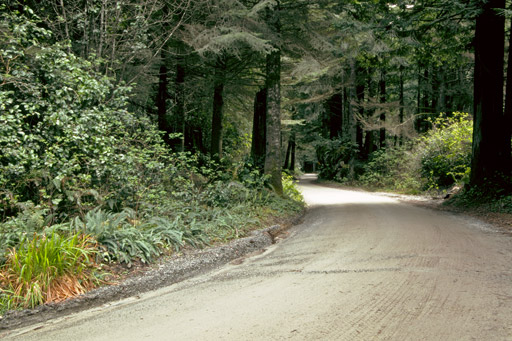 Lime stabilization is usually carried out on soils with a higher clay or muck content, as well as the content of organic parts, not exceeding, however 10%. Usually, hydratized lime or volatile ashs obtained when purifying flue gas from brown coal in power plants or heat and power plants is used for this purpose. Volatile ashs contain above 15% Cao and are very fragmented.
Lime stabilization is usually carried out on soils with a higher clay or muck content, as well as the content of organic parts, not exceeding, however 10%. Usually, hydratized lime or volatile ashs obtained when purifying flue gas from brown coal in power plants or heat and power plants is used for this purpose. Volatile ashs contain above 15% Cao and are very fragmented.
The method of stabilization with lime or ash is very similar to the already discussed cement stabilization with this difference, that after 2 the 3 days of a moistened layer is not protected against drying, because it is a condition for hardening.
Currently, stabilization of land with bituminous binder is increasingly used. This method has spread due to the ease of obtaining bituminous binder and large advantages of stabilized land with their use. Almost all soils are suitable for stabilizing with bituminous bump. Unlike methods using cement and lime, (Lands designed to stabilize with bitumen bumps should have very low humidity, So they should be significantly dry. This is a condition for joining a binder with soil particles. Various types of tar are most often used as a binder. Tar can be liquefied by adding liquefaction,np. benzolic products, which after evaporation cause it to harden it. The liquefaction of the usual tar can also be obtained by heating it.
The method of stabilization of tar consists in spraying the soil with it and thoroughly mixing it into the required depth, Usually within the limits 8 – 15 cm. Na 1 cm2 of stabilized surfaces in this way usually consumes around 15 kg of bituminous binder. Mixing the sprayed soil is made with special tillery machines, usually attached to tractors. The layer of mixed soil should be as fast as possible (Before sclerosis of the binder) uwałne. Wet rolling rolling rollers should be used for rushing. The advantages of ground surfaces stabilized with bituminous binders include durability, foulness, Low temperature resistance and flexibility.